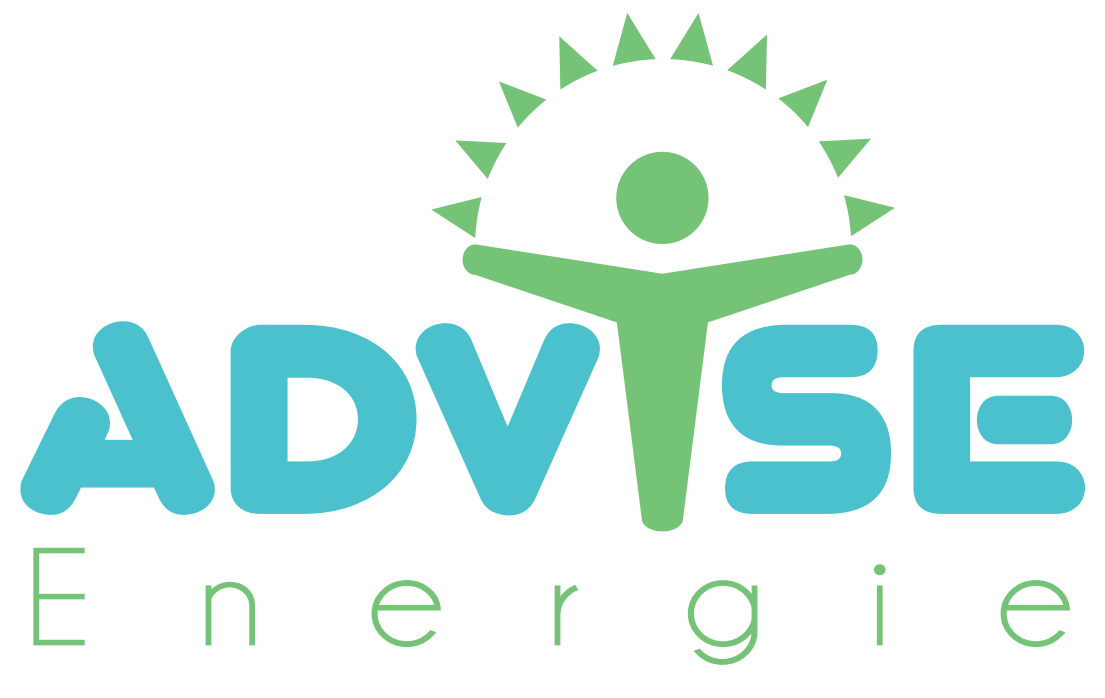Guidelines through the Federal/Provincial/Territorial Committee on ecological and Occupational wellness
A thorough analytical breakdown of the risk evaluation, danger management and danger communication approaches currently being undertaken by key nationwide, provincial/state, territorial and worldwide agencies had been undertaken by specialists from 3 three Canadian universities for the F/P/T Committee on ecological & Occupational wellness. The data acquired for review ended up being used to spot the distinctions, commonalties, talents and weaknesses among the list of different approaches. The review identified elements that ought to be contained in a successful, present, comprehensive method of decision creating when you look at the legislation and control of ecological, human being health insurance and work-related health problems. On the basis of the comprehensive report about these frameworks, seven important elements that needs to be contained in a framework that is comprehensive individual wellness, environmental and work-related danger evaluation and administration had been identified.
The 7 elements that are key the Assessment and handling of Risk
Centered on this comprehensive approach to risk administration, the following “checklist” was proposed to make certain good risk administration decisions: Comprehensive and sound concepts are critical to supplying framework and integrity to risk administration frameworks. Guiding maxims are meant to offer an ethical grounding for taking into consideration the numerous factors associated with danger administration decision generating. Nine principles that are ethical proposed to steer danger administration decision creating.
Danger Management Principals
Ensure an equitable circulation of danger (equity). a process that is equitable of administration would make sure reasonable results and equal remedy for all worried through the same circulation of advantages and burdens (includes the idea of distributive justice, i.e. equal possibilities for several people). Seek use that is optimal of danger administration resources (utility). Optimal danger management needs utilizing restricted resources where they will certainly attain the absolute most risk reduction or general advantage.
Promise no further risk administration than may be delivered (sincerity). Impractical objectives of danger administration may be prevented with truthful and candid general public accounting of everything we understand and don’t understand, and everything we can and can’t do making use of risk evaluation and danger administration. Impose no longer danger yourself(the Golden Rule) than you would tolerate. The Golden Rule is essential in danger administration so they may understand the perspectives of those affected because it forces decision makers to abandon complete detachment from their decisions. Be mindful into the real face of doubt . Danger management must follow an approach that is cautious confronted with a potentially severe danger, regardless if the proof is uncertain. Foster informed danger choice making for many stakeholders (autonomy). Fostering decision that is autonomous involves both providing people who have the chance to participate, and complete and truthful disclosure of all of the information needed for informed decisions.
Risk administration processes should be versatile and evolutionary to likely be operational to brand new knowledge and understanding (development, assessment, and iterative procedure). The incorporation of the latest proof requires that risk administration is a versatile, evolutionary and iterative process, and therefore evaluation is utilized at the start and through the procedure.
The foregoing principles mirror the truth that each and every danger administration scenario will change with no solitary approach can be anticipated to meet most of the various challenges which are probably be experienced in handling genuine issues. But, to fulfill the necessity for some guidance on how to implement a danger administration system, a benchmark that is detailed for danger administration was created and supplied into the Appendix. The framework is supposed to offer a functional template that is ideal for implementing a benchmark framework for danger administration.
Some key features to give consideration to pertaining to applying a framework for danger administration would be the time perspectives and functional amounts within a business. Time horizons can cover anything from long range problems coping with sites like avant loans strategic dangers, medium term problems that relate with tactical dangers and quick term problems that relate solely to functional dangers. The practical amounts within the corporation will usually add: choice creating, policy analysis, direction and monitoring, and operations. Effective implementation of a danger management framework requires a two method procedure that enables effective transfer of data from outside and inside companies with obligation for managing dangers. This would add making a choice on which dangers must be addressed while the particular functions of the people, teams and companies accountable for controlling and assessing the chance.
Danger management shall keep on being a balancing work of contending priorities and requirements. Freedom and judgment that is good finally the answer to effectively making appropriate risk choices. People’s perception of danger may be affected by facets apart from its magnitude. The next factors could have more impact regarding the acceptability of risk as compared to magnitude that is estimated of the in-patient or population danger. Covello V, Allen F. 1988. Seven Cardinal Rules of Risk Correspondence. US Ecological Protection Agency, Workplace of Policy Research, Washington, DC.

Commentaires récents